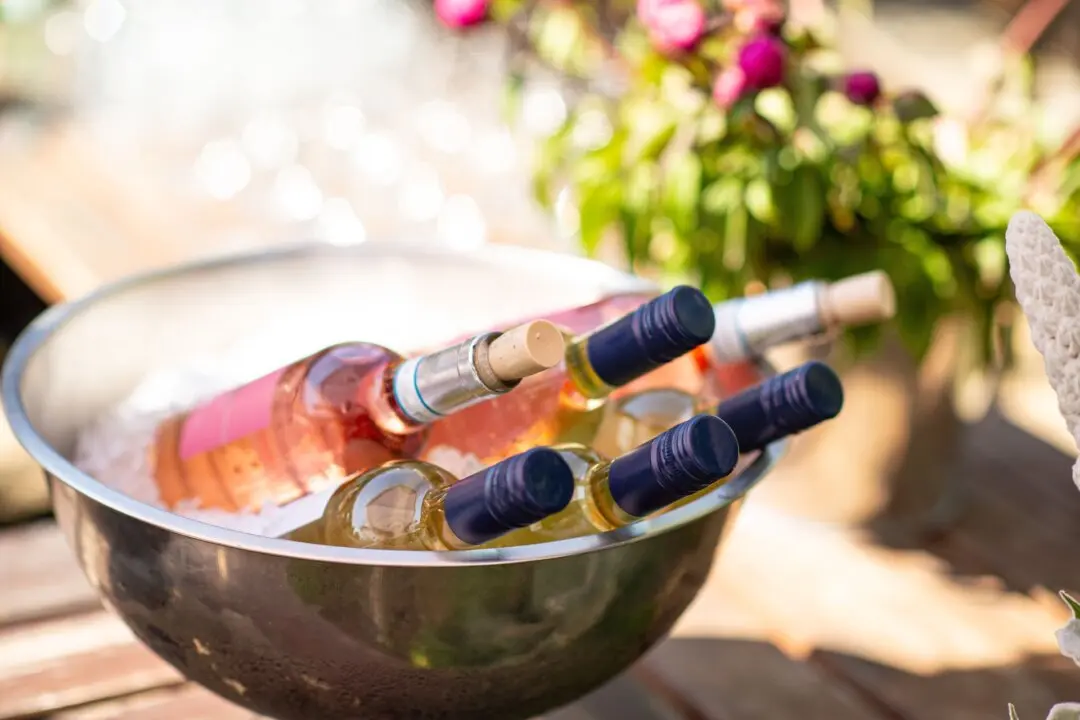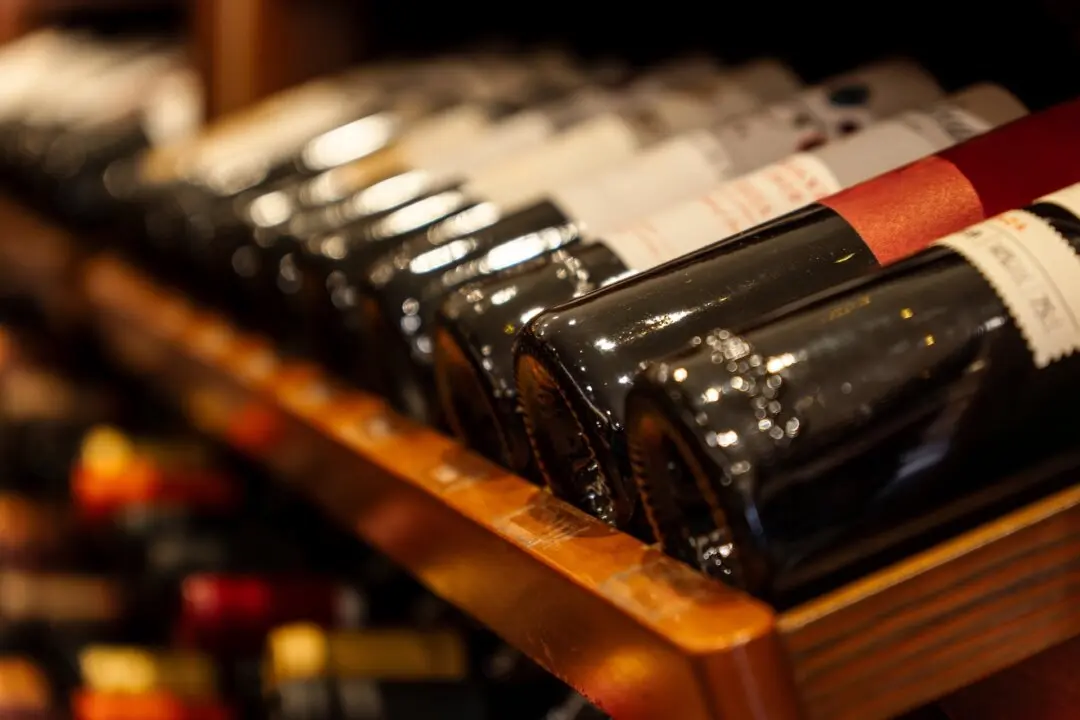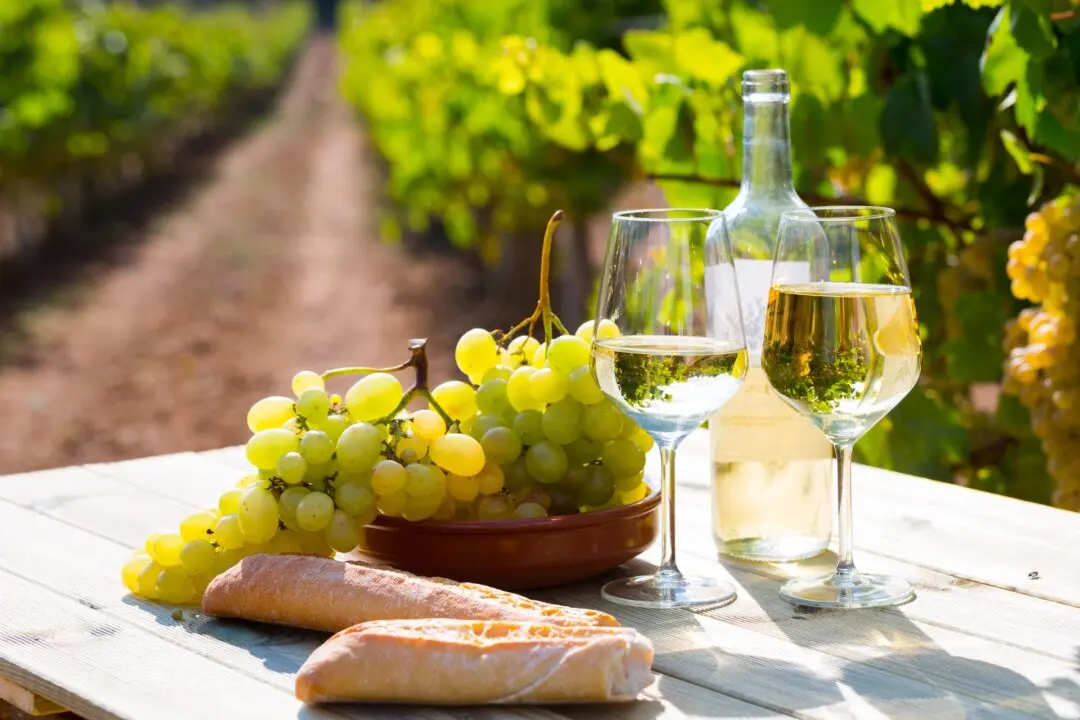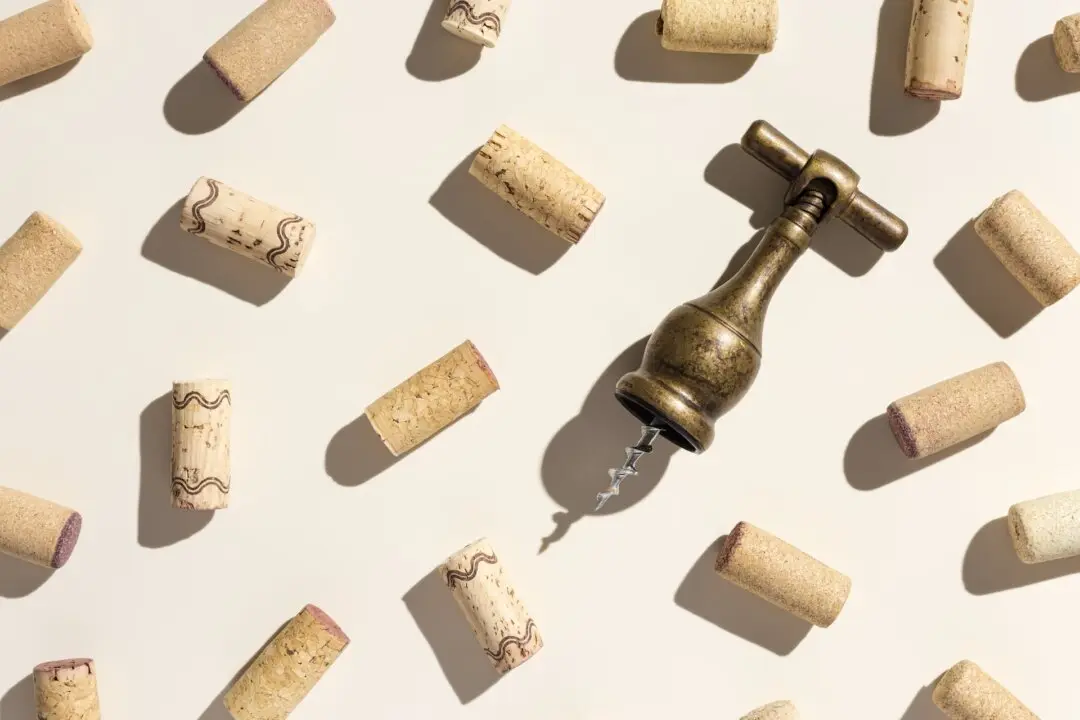Today’s younger wine buyers are more interested in drinkability, different styles, and simply having fun—and seemingly aren’t interested in expensive, iconic wines.
With their current interest in craft beer, cider, and even hard seltzer, younger buyers of alcoholic beverages should be perfectly set up to get excited about a wine that isn’t legal to sell before the third Thursday in November, by French law.





